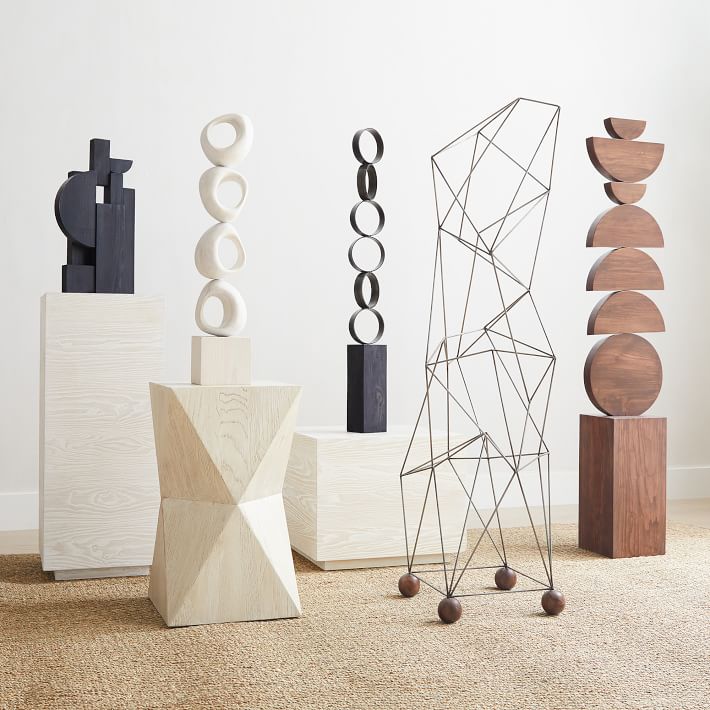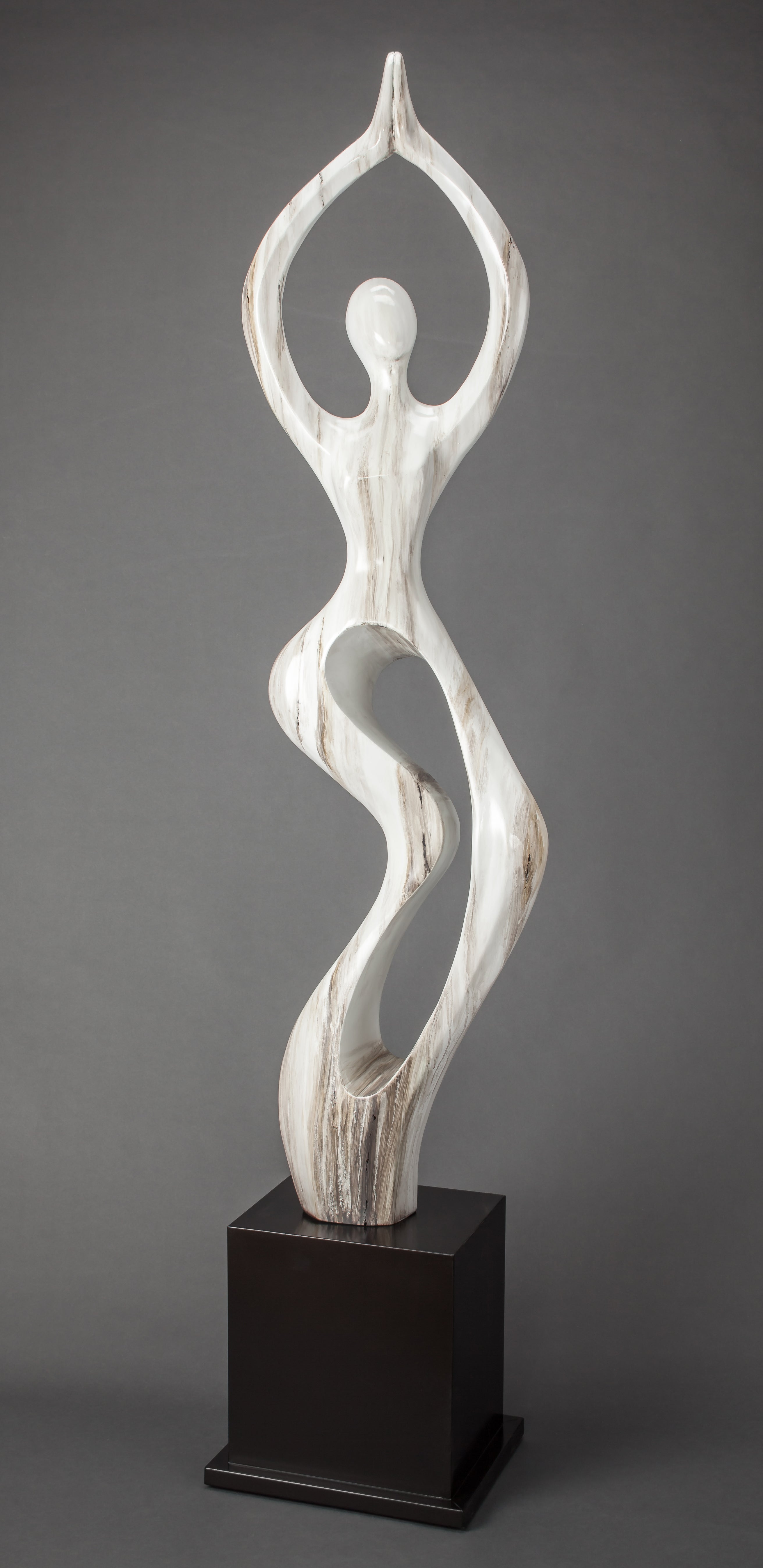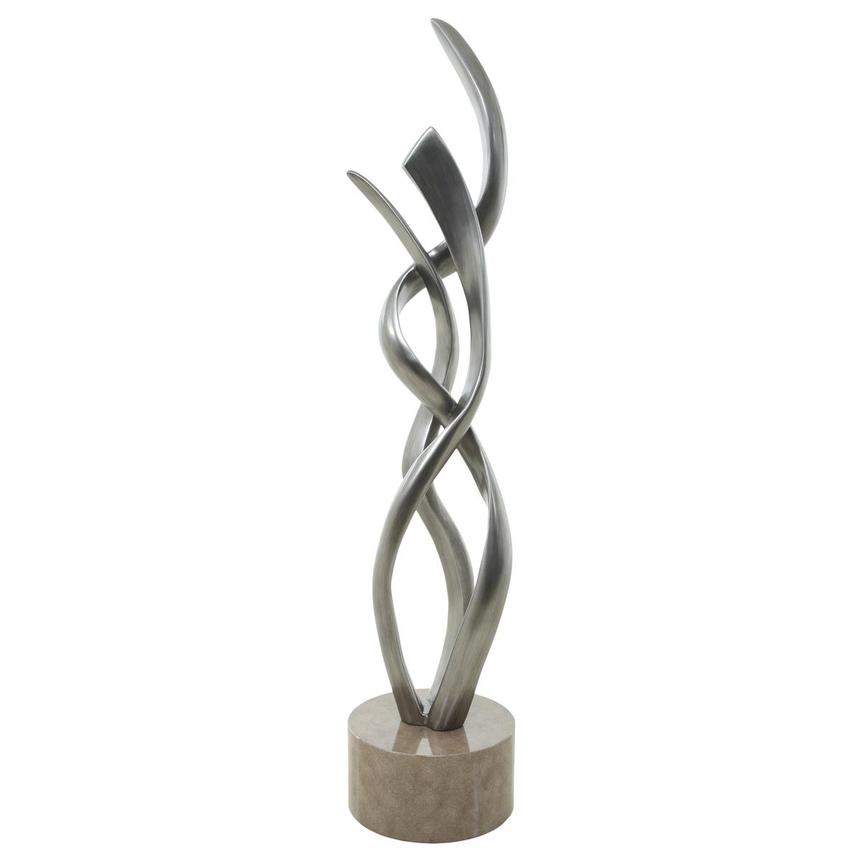When it comes to home decoration, we often think of small accents that can be easily moved or changed. However, one compelling way to make a stunning statement is through floor sculptures decor. These larger-than-life pieces can define a room’s ambiance, add depth to a space, and serve as artistic conversation starters. In my own experience, incorporating floor sculptures into my home has transformed not just the aesthetics of my space but also the mood it evokes. In this article, we will explore everything you need to know about floor sculptures decor, from types and materials to design tips and care.
What is Floor Sculptures Decor?
Floor sculptures decor refers to large, three-dimensional artistic pieces designed to be placed directly on the floor. Unlike wall art or table decor, floor sculptures capture attention from various angles and can serve multiple purposes, including:
- Enhancing the beauty of a room
- Defining spaces in open floor plans
- Injecting personality and style
Types of Floor Sculptures
Understanding the different types of floor sculptures can help you select the perfect centerpiece for your home. Here’s a breakdown of common types:
1. Abstract Sculptures
Abstract floor sculptures often defy traditional shapes and forms, using unusual materials and colors to evoke emotions. They can fit into modern and eclectic styles.

2. Figurative Sculptures
Figurative sculptures depict human forms or animals and are often more relatable. They can bring a sense of warmth and personality to your decor.
3. Nature-Inspired Sculptures
These sculptures draw inspiration from the natural world, mimicking the forms of plants, animals, or landscapes, and can create a serene atmosphere.

4. Minimalist Sculptures
Characterized by clean lines and simplicity, minimalist sculptures focus on form and material rather than elaborate designs. They are ideal for modern spaces.
Materials Used in Floor Sculptures
The material used in floor sculptures greatly affects their look and feel. Here are some common materials:

1. Metal
Metal sculptures, whether stainless steel or wrought iron, are known for their durability and sleek appearance. They can be polished for a modern look or rusted for a rustic vibe.
2. Stone
Stone sculptures, such as marble or granite, exude luxury and timelessness. These sculptures are often used in formal settings.

3. Wood
Wooden sculptures provide a warm, organic touch to any space. They can be intricately carved or left in a more natural state.
4. Glass
Glass floor sculptures are captivating, often using color and light to enhance their beauty. They can appear delicate yet make a bold statement.

Comparison of Materials
| Material | Pros | Cons |
|---|---|---|
| Metal | Durable, modern look | Can rust, heavy |
| Stone | Timeless, luxurious | Expensive, heavy |
| Wood | Warmth, natural appeal | Can warp, requires upkeep |
| Glass | Elegant, light-reflective | Fragile, can be expensive |
Incorporating Floor Sculptures into Your Decor
Once you’ve chosen a type and material for your floor sculpture, the next step is to figure out how to incorporate it into your space. Here are some tips:

1. Choose the Right Location
Consider placing the sculpture in an area where it can be easily seen and appreciated. Large, open spaces such as entryways, living rooms, or near windows are ideal.
2. Consider Scale and Proportion
Make sure the size of the sculpture complements the scale of the room. A large sculpture in a small room can be overwhelming, while a tiny piece might get lost in a vast space.
3. Pairing with Other Decor
Floor sculptures can interact beautifully with other decor elements. Consider placing them near plants, furniture, or even alongside wall art to create a cohesive look.
Examples of Suitable Pairings
| Sculpture Type | Ideal Pairing |
|---|---|
| Abstract | Modern Furniture |
| Figurative | Classic Furniture |
| Nature-Inspired | Indoor Plants |
| Minimalist | Geometric Accessories |
Personal Experience with Floor Sculptures
When I first decided to incorporate a floor sculpture into my living room, I was both excited and nervous. I chose an abstract metal piece that caught my eye due to its unique design. Positioning it near a large window allowed natural light to reflect off its surface, creating a dynamic interaction with the sunlight throughout the day. I couldn’t believe the transformation—it became a focal point that sparked conversations with friends and family. The sculpture didn’t just fill space; it filled my home with personality!
Maintaining Your Floor Sculptures
To keep your floor sculptures looking their best over the years, regular maintenance is key. Here are some general maintenance tips based on material:
1. Metal
Wipe down your metal sculpture with a soft cloth to remove dust. For rust-free finishes, occasional polishing is recommended.
2. Stone
If your sculpture is made of stone, be cautious with cleaning solutions. A damp cloth is usually sufficient for removing dust and fingerprints.
3. Wood
Wooden sculptures may require occasional oiling to maintain their luster. Avoid exposing them to direct sunlight to prevent fading.
4. Glass
Glass sculptures are best cleaned with a glass cleaner to avoid streaks. Be gentle; they can be fragile!
Pros and Cons of Floor Sculptures Decor
Pros
- Creates a striking focal point in any space.
- Adds depth and dimension to your decor.
- Available in various styles and materials for any taste.
- Can enhance the overall ambiance of a room.
Cons
- Can be expensive, depending on materials and craftsmanship.
- May require more effort to clean and maintain.
- Finding the right size and style can be challenging.
FAQ: Floor Sculptures Decor
What are the best places to display floor sculptures?
Floor sculptures are best displayed in open areas, entryways, living rooms, or alongside large windows where they can be appreciated from different angles.
How do I choose the right size sculpture for my room?
Consider the scale of your room. Large sculptures work best in spacious areas that can accommodate their size without overwhelming the space. Aim for balance between your sculpture and existing furniture.
Can floor sculptures be used outdoors?
Yes, many floor sculptures are designed for outdoor use. Look for materials that can withstand the elements, such as metal or stone, and ensure they are properly sealed if exposed to moisture.
How can I style my floor sculpture with other decor?
To create a cohesive look, pair your floor sculpture with similar styles or color schemes. Consider placing it next to plants, artwork, or furniture that complements its design and enhances the overall aesthetic.
Conclusion
Incorporating floor sculptures decor into your home can truly elevate your space, bringing in character and charm that smaller decor items often cannot. They serve not only as art pieces but as significant contributors to your home’s environment. Whether you opt for an abstract metal piece or a nature-inspired creation, the right floor sculpture can transform your space into something extraordinary. Remember—every piece tells a story, and choosing your floor sculpture can be a deeply personal journey.
So take that step today! Explore your options, find what resonates with you, and let your home reflect your unique style through the stunning addition of floor sculptures decor.